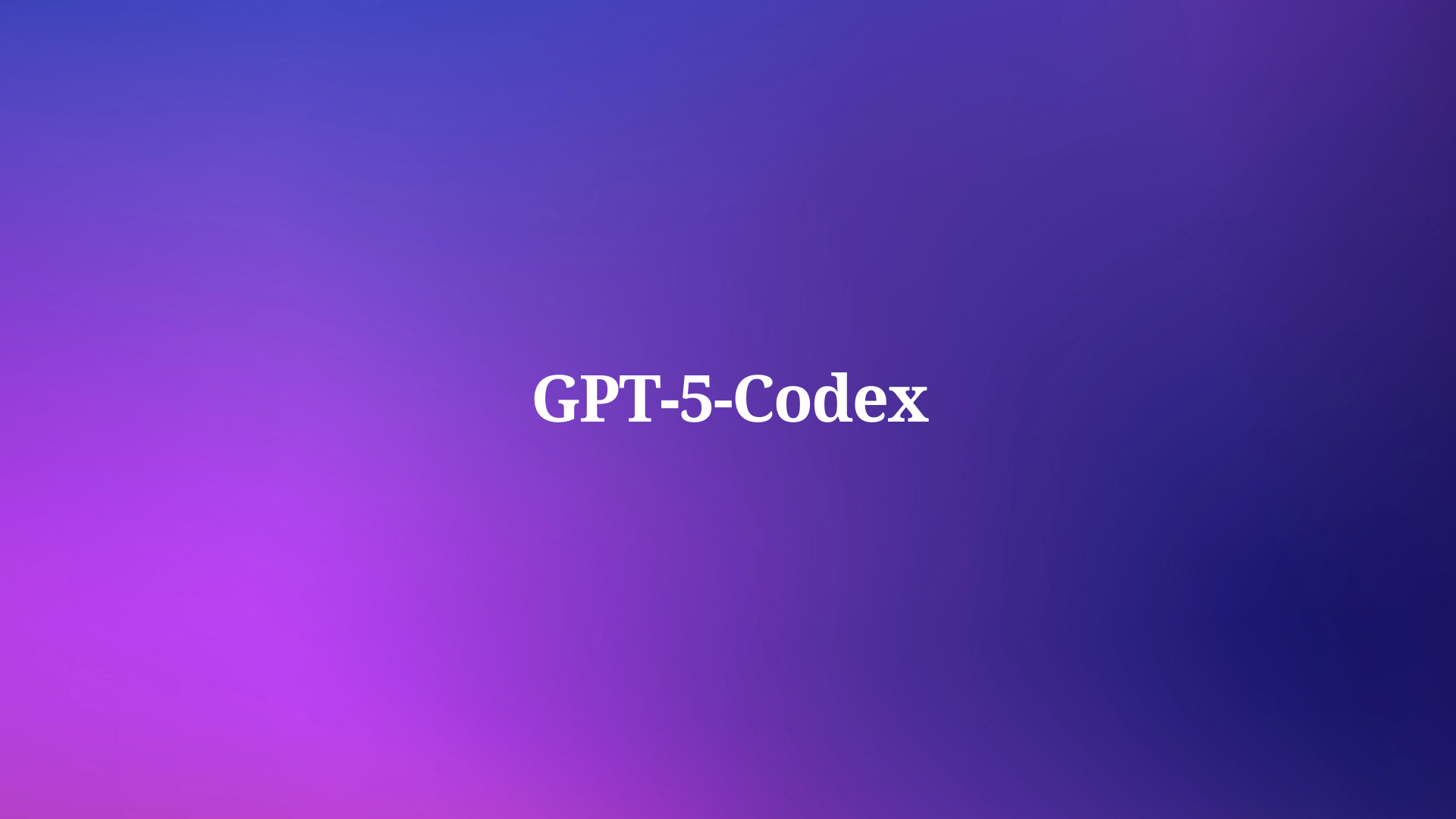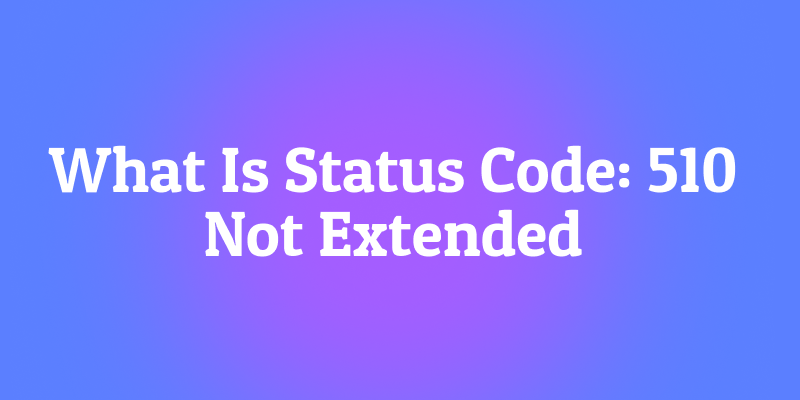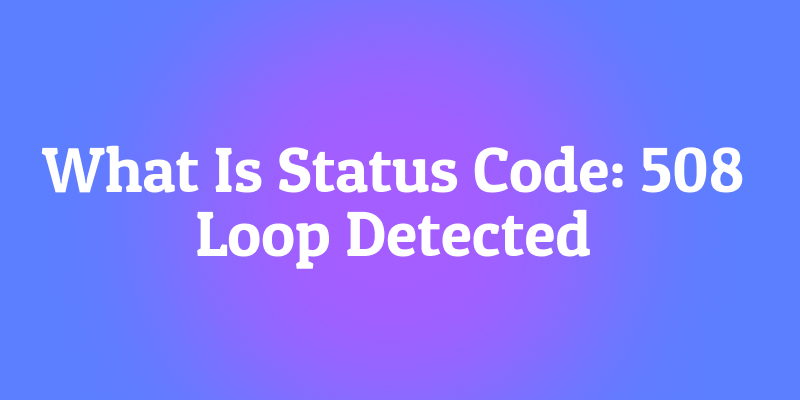OpenAI engineers unveiled GPT-5-Codex , marking a significant advancement in AI-driven coding assistance. This specialized variant of GPT-5 optimizes agentic coding within the Codex ecosystem, enabling developers to tackle intricate software engineering challenges with unprecedented efficiency. As teams integrate GPT-5-Codex into their development pipelines, robust API management becomes essential.
Developers often seek tools that bridge the gap between innovative AI models and practical implementation. GPT-5-Codex addresses this need by focusing on real-world coding scenarios, from building full projects to conducting thorough code reviews. Furthermore, its integration with existing platforms enhances accessibility, allowing seamless adoption across various environments. In the following sections, experts analyze its core components, performance metrics, and broader implications.
What Defines GPT-5-Codex and Its Core Architecture
Engineers at OpenAI designed GPT-5-Codex as a fine-tuned iteration of the GPT-5 model, specifically tailored for agentic coding tasks within Codex. This optimization involves reinforcement learning from human feedback on diverse, real-world coding activities. The model generates code that mimics human styles, adheres strictly to user instructions, and iterates through testing until it achieves passing results. Consequently, GPT-5-Codex excels in environments where traditional models falter, such as handling large-scale refactors or debugging multifaceted systems.
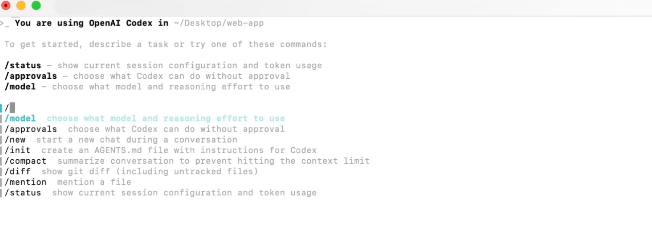
At its foundation, GPT-5-Codex leverages a transformer-based architecture, enhanced with specialized training data encompassing complex repositories in languages like Python, Go, and OCaml. This training enables the model to navigate codebases dynamically, reason about dependencies, and validate outputs by executing code and running tests. Moreover, it adjusts its computational effort based on task complexity—spending minimal tokens on simple queries while allocating more time to intricate problems. This adaptive approach reduces token usage by 93.7% for straightforward tasks compared to baseline models, optimizing resource efficiency.
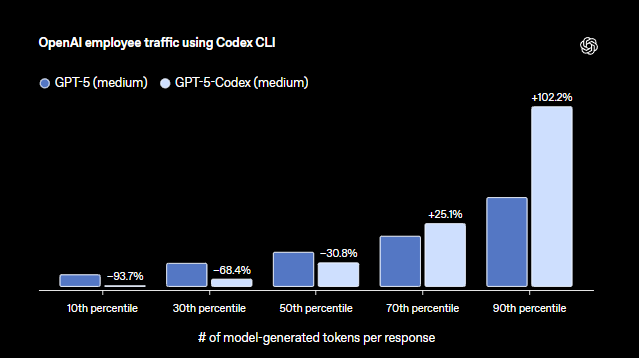
GPT-5-Codex supports versatile tool integration, including purpose-built functionalities for Codex CLI, IDE extensions, cloud environments, and GitHub workflows. Users access it across terminals, IDEs, web interfaces, GitHub repositories, and even the ChatGPT iOS app, all unified under a single account system. This cross-platform compatibility ensures developers maintain consistent experiences, regardless of their preferred setup. As a result, teams deploy GPT-5-Codex for both interactive sessions and autonomous operations lasting over seven hours on demanding projects.
Transitioning to its practical applications, GPT-5-Codex handles front-end development with equal proficiency. It processes images and screenshots to inspect visual elements, ensuring aesthetic accuracy in desktop apps or mobile websites. Furthermore, the model displays progress incrementally, allowing users to monitor and intervene as needed. These capabilities position GPT-5-Codex as a comprehensive coding agent, far beyond mere code completion tools.
Exploring the Advanced Features of GPT-5-Codex
GPT-5-Codex introduces several groundbreaking features that elevate coding productivity. First, its agentic coding prowess enables independent execution of complex tasks, such as adding features, writing tests, and performing large-scale refactors. For example, in a refactoring scenario involving 232 files and 3,541 lines of code, the model demonstrates precision by validating changes through dependency analysis and test runs.
Moreover, GPT-5-Codex enhances code review processes by evaluating recent commits from popular open-source repositories. It identifies critical issues, such as backward compatibility problems, while minimizing irrelevant comments. This focus on high-impact feedback makes it an invaluable supplement to human reviewers, accelerating development cycles.
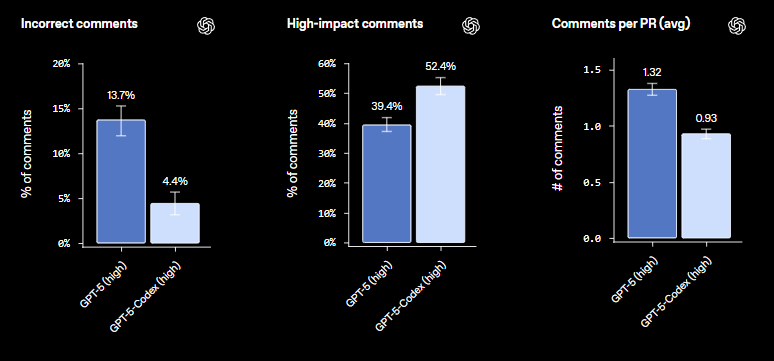
In terms of adaptability, the model dynamically modulates its "thinking time," doubling effort on challenging tasks while streamlining simple ones. This efficiency not only conserves computational resources but also aligns with developer expectations for responsive AI assistance. Additionally, GPT-5-Codex integrates visual processing, enabling it to refine user interfaces based on screenshot feedback.
Security features further distinguish GPT-5-Codex. It operates in sandboxed environments with default network access disabled, mitigating risks like prompt injections or unauthorized actions. Developers customize these settings, approving commands in CLI or IDE contexts and limiting network interactions to trusted domains. Such controls ensure safe deployment in production settings.
Transitioning to collaborative aspects, GPT-5-Codex provides citations, terminal logs, and test results for transparency. This traceability fosters trust, as users verify outputs before integration. Overall, these features transform GPT-5-Codex into a reliable partner for software engineers, bridging gaps in traditional development workflows.
Benchmarks Reveal GPT-5-Codex Performance Superiority
Evaluators rigorously test GPT-5-Codex against established benchmarks to quantify its advancements. On the SWE-bench Verified dataset, comprising 500 real-world software engineering tasks, GPT-5-Codex achieves a 74.5% success rate. This outperforms GPT-5's 72.8% on the same benchmark, highlighting improved agentic capabilities. Previously, evaluations covered only 477 tasks due to infrastructure constraints, but recent updates enable full assessment, confirming GPT-5-Codex's edge.
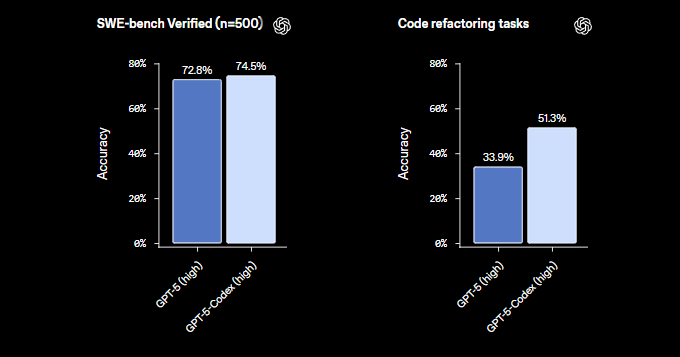
Furthermore, an internal code refactoring benchmark underscores its strengths. GPT-5-Codex scores 51.3%, a substantial leap from GPT-5's 33.9%. This evaluation draws from large repositories, simulating practical scenarios like extensive pull requests. The model's ability to handle such scale demonstrates its utility in enterprise-level development.
In cybersecurity domains, GPT-5-Codex excels on benchmarks assessing vulnerability exploitation. It succeeds in only limited attempts, aligning with safety goals rather than offensive capabilities. For instance, benchmarks emphasize that even a single success in 12 tries raises concerns, yet GPT-5-Codex maintains robust defenses.
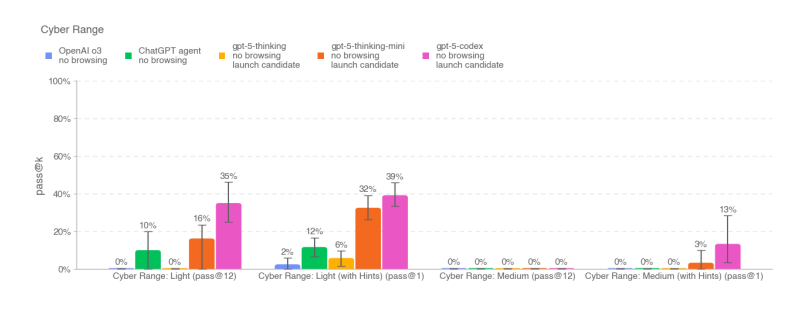
Production benchmarks for safety further validate its performance. Metrics include 0.926 for non-violent hate detection and 0.922 for personal data protection, surpassing predecessors like OpenAI o3 in several categories.
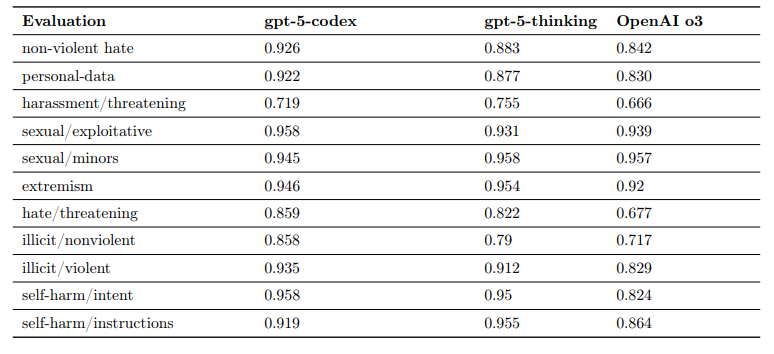
The StrongReject evaluation yields high robustness scores, such as 0.992 for illicit content refusals.

Moreover, malware refusal tests show a perfect 1.0 score on a curated golden set, improving upon earlier models. Prompt injection resistance reaches 0.98, ensuring reliability during coding sessions.
In code review benchmarks, particularly backend Python tasks, GPT-5-Codex detects tricky issues that others miss. This precision reduces errors in collaborative environments.
Overall, these benchmarks illustrate how GPT-5-Codex sets new standards, providing empirical evidence of its technical superiority. Developers rely on such data to integrate the model confidently into their toolchains.
API Pricing and Availability for GPT-5-Codex
OpenAI structures GPT-5-Codex pricing to accommodate various user needs, bundling it with ChatGPT subscription plans. The ChatGPT Plus plan, at $20 per month, includes access for limited sessions, suitable for individual developers handling a few projects weekly. For more intensive use, the Pro plan at $200 monthly supports full workweek operations, while Business ($25 per user/month), Edu, and Enterprise options offer scalable credits and shared pools.
The API variant, slated for imminent release, prices at $1.25 per million input tokens and $10 per million output tokens—competitive rates despite superior performance. This undercuts previous models like GPT-4o, encouraging widespread adoption. Developers using Codex CLI with API keys will soon leverage GPT-5-Codex directly, expanding its reach beyond subscription boundaries.
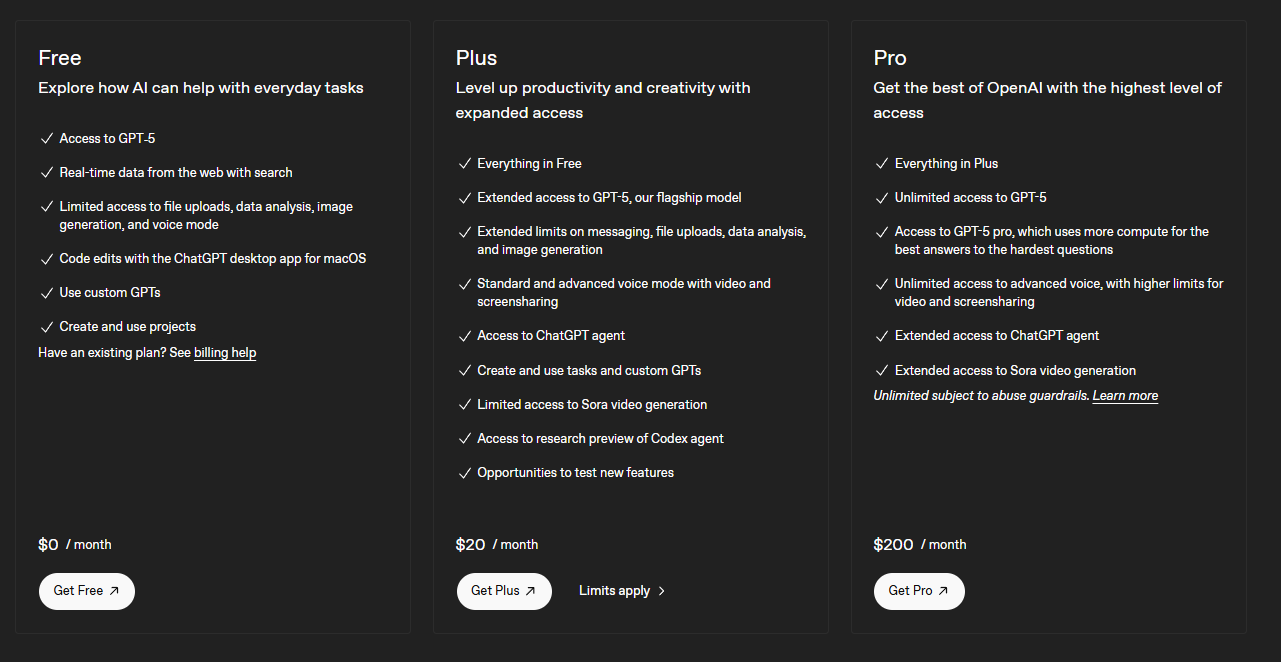
Usage limits vary by plan: Plus allows focused interactions, while Enterprise provides expansive quotas for teams. Businesses purchase additional credits to exceed caps, ensuring flexibility. No free tier exists for GPT-5-Codex, emphasizing its premium positioning.
In practice, this pricing model democratizes advanced AI coding, allowing startups and enterprises alike to benefit. As availability expands via API, integration with tools like Apidog becomes straightforward, facilitating seamless testing of GPT-5-Codex endpoints.
Safety Measures Safeguard GPT-5-Codex Deployments
OpenAI prioritizes safety in GPT-5-Codex, classifying it as high capability in biological and chemical domains under the Preparedness Framework. Mitigation strategies span model and product levels, addressing risks like malicious code generation or data exfiltration.
At the model level, enhanced safety training incorporates synthetic data for malware scenarios, achieving perfect refusal rates in evaluations. The Instruction Hierarchy framework bolsters prompt injection resistance, with 0.98 success in ignoring attacks.
Product mitigations include sandboxing: Cloud instances use network-disabled containers, while local setups employ Seatbelt, seccomp, and landlock policies. Network access defaults to off, with configurable allowlists for trusted interactions. Users approve potentially risky commands, adding human oversight.
Furthermore, the system card addendum details cybersecurity improvements, though it falls short of high-risk thresholds in cyber domains. Guidance resources, such as developer security docs, reinforce safe practices.
These measures collectively minimize harms, enabling ethical use. Developers configure settings to balance functionality and security, ensuring GPT-5-Codex aligns with responsible AI principles.
Integrating GPT-5-Codex with Apidog for Enhanced Workflows
Apidog emerges as a powerful ally for GPT-5-Codex users, offering an all-in-one platform for API lifecycle management. As GPT-5-Codex generates API-related code, Apidog facilitates design, debugging, and automated testing, reducing manual efforts.
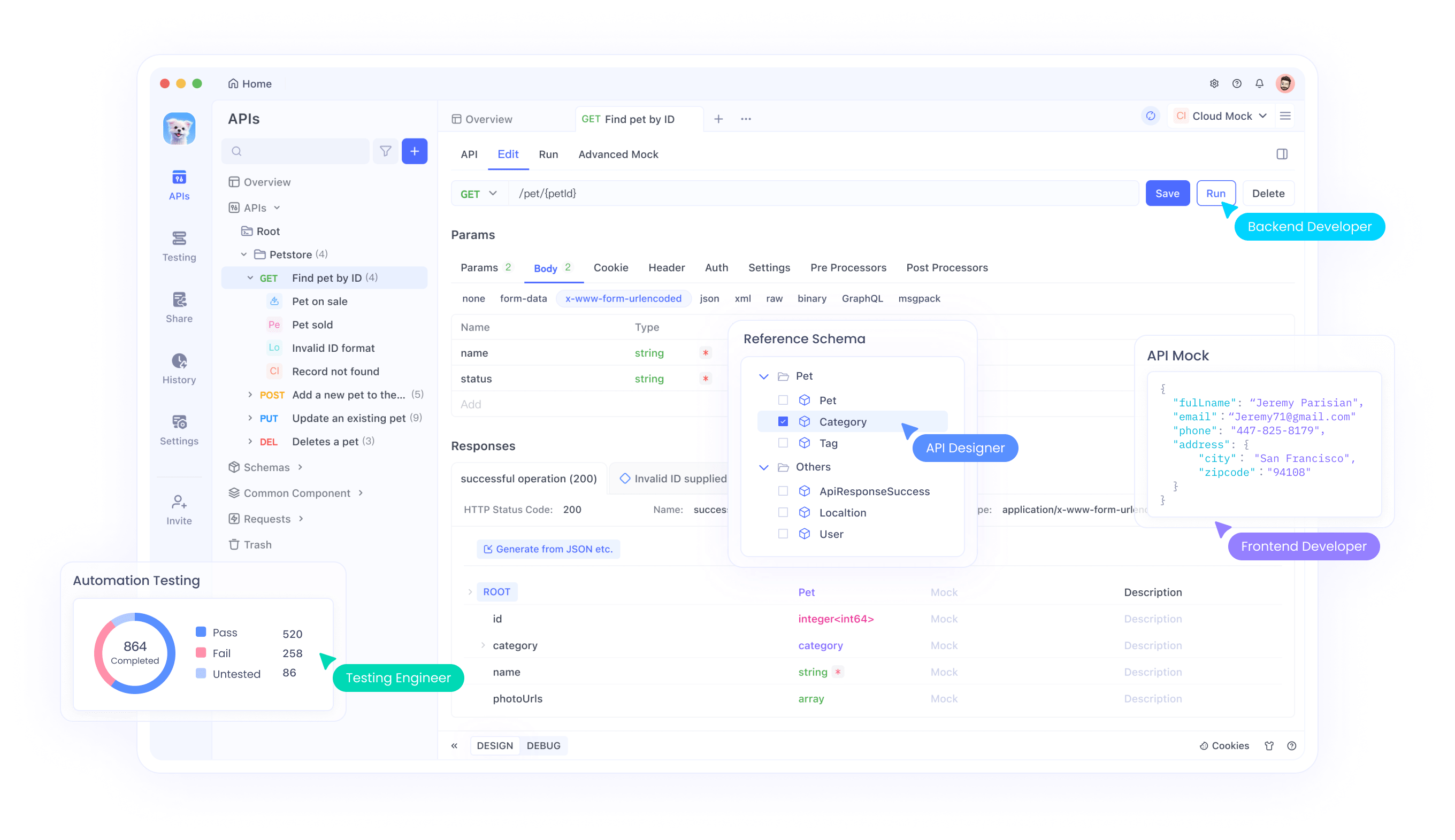
For instance, developers employ Apidog to mock endpoints produced by GPT-5-Codex, verifying functionality before deployment. Its intuitive interface supports collaborative documentation, ensuring teams maintain clear records of AI-assisted integrations.
Compared to alternatives like Postman, Apidog provides comprehensive features for API automation, making it ideal for scaling GPT-5-Codex applications. This synergy accelerates development, as GPT-5-Codex handles code generation while Apidog manages validation.
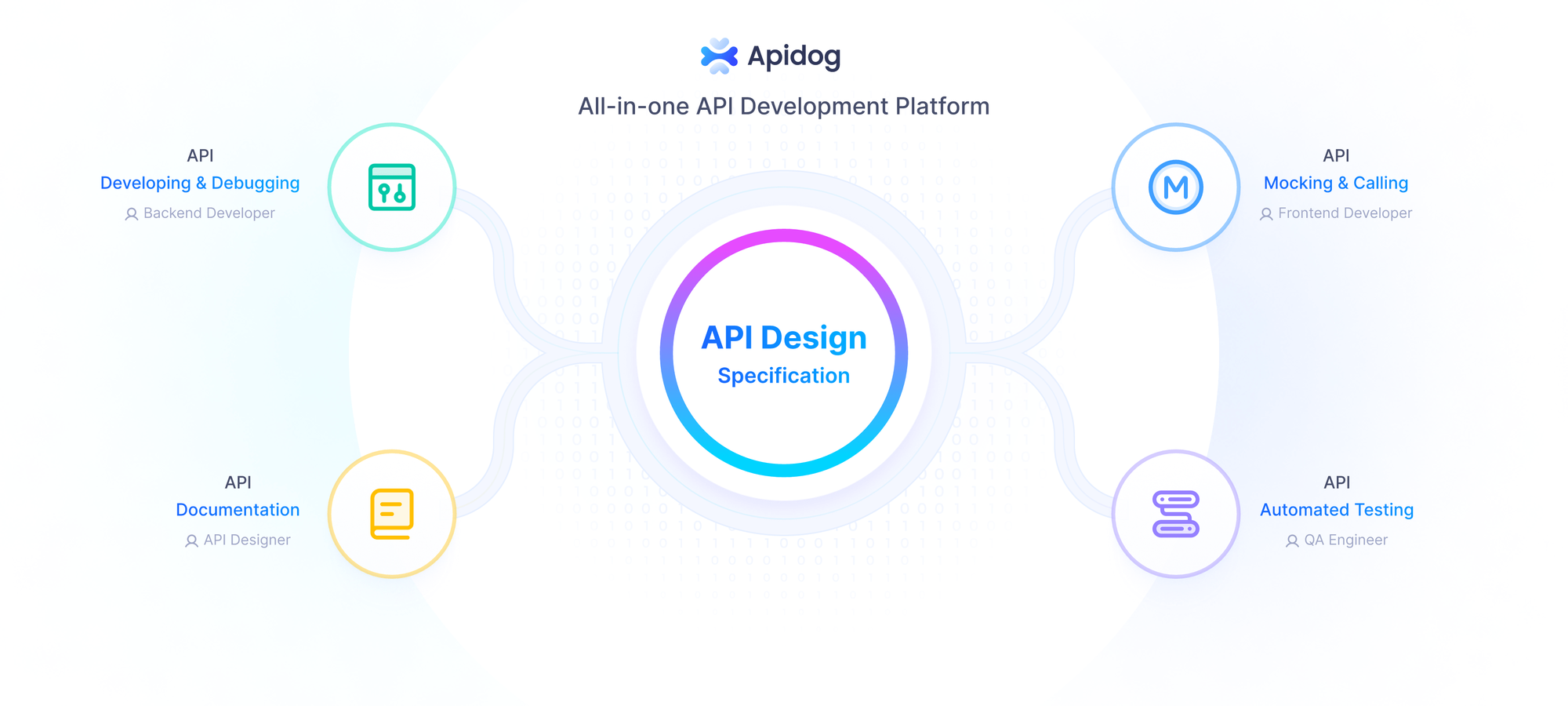
Apidog's free tier allows experimentation, lowering barriers for adopting GPT-5-Codex in API-centric projects. Teams thus achieve faster iterations, transforming ideas into production-ready systems efficiently.
Conclusion: Embracing GPT-5-Codex for Tomorrow's Coding Landscape
GPT-5-Codex stands as a pinnacle of AI innovation, delivering technical prowess through features, benchmarks, and secure integrations. Developers harness its capabilities to redefine workflows, supported by affordable pricing and robust safety.
As the field advances, tools like Apidog complement GPT-5-Codex, ensuring seamless API management. This combination unlocks new potentials, driving efficiency and creativity in software development.
